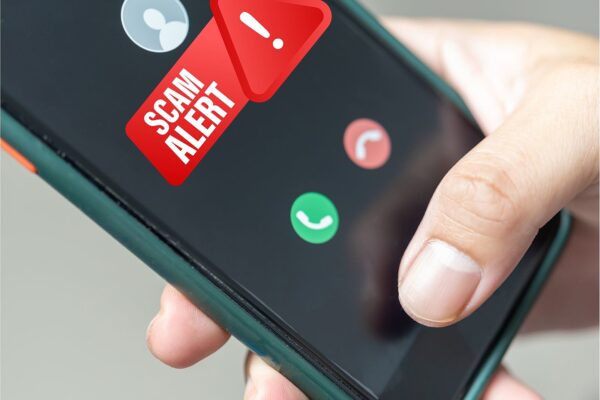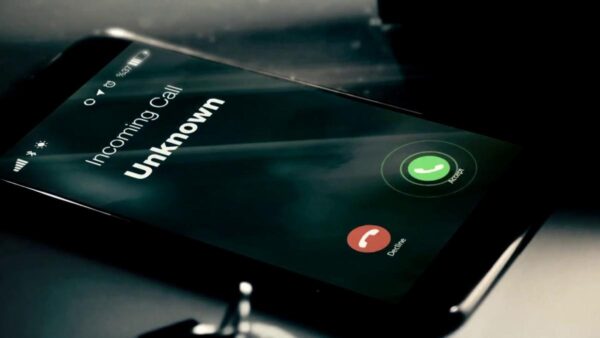In the age of digital communication, scam artists are constantly finding new ways to deceive and defraud unsuspecting individuals. One such tactic that has gained notoriety in recent times is the US9514961195221 scam, involving fake text messages. These deceptive messages often target innocent victims, attempting to trick them into revealing personal information or parting with their hard-earned money. In this comprehensive article, we will delve into the depths of the US9514961195221 scam, exploring its origins, tactics, and how to protect yourself from falling victim to these fraudulent text messages.
Understanding the US9514961195221 Scam
The US9514961195221 scam, often referred to as the “US9514961195221 fake text message scam,” is a fraudulent scheme designed to deceive individuals through text messages. These messages may appear to come from legitimate sources, such as financial institutions, government agencies, or well-known companies. The scam leverages the trust people have in these entities to manipulate them into taking specific actions, such as clicking on malicious links or sharing sensitive information.
How Does the US9514961195221 Scam Work?
Deceptive Text Messages
The scammers behind the US9514961195221 scam send text messages to random phone numbers or target individuals based on specific criteria. These messages typically contain urgent or enticing content to grab the recipient’s attention. Common tactics include:
- Financial Threats: Scammers may claim that your bank account has been compromised or that you owe a substantial amount of money.
- Prize Notifications: Some fake messages promise recipients valuable prizes or winnings, but only if they take immediate action.
- Government Impersonation: Scammers may impersonate government agencies, threatening legal action or demanding immediate payments for fictitious fines.
- Phishing Links: Scam texts often include links to fake websites that mimic legitimate organizations, intending to steal login credentials or personal information.
Social Engineering
The success of the US9514961195221 scam relies on social engineering tactics. Scammers aim to create a sense of urgency, fear, or excitement, compelling recipients to act quickly without questioning the authenticity of the message. They may use official-sounding language and even forge sender information to appear more credible.
Identifying Fake Text Messages
Recognizing fake text messages is crucial in protecting yourself from scams like US9514961195221. Here are some tips to help you identify fraudulent messages:
- Check the Sender: Verify the sender’s information. Legitimate organizations often use official phone numbers or shortcodes, not random or unfamiliar numbers.
- Watch for Spelling and Grammar Errors: Scammers may not pay attention to detail. Look for spelling mistakes or poorly constructed sentences.
- Question Urgency: Be skeptical of messages that demand immediate action or threaten dire consequences for inaction.
- Verify Information: Contact the supposed sender through official channels (websites, phone numbers) to confirm the message’s legitimacy.
- Never Share Personal Information: Legitimate organizations will never ask for sensitive information via text message.
The Consequences of Falling Victim to the Scam
Falling victim to the US9514961195221 scam can have severe consequences:
- Financial Loss: Scammers may steal your money by tricking you into making payments or sharing banking details.
- Identity Theft: Sharing personal information can lead to identity theft, which may result in long-term financial and legal problems.
- Privacy Invasion: Malicious links can give scammers access to your device, compromising your privacy and security.
- Emotional Distress: Being a victim of a scam can be emotionally distressing, causing anxiety and fear.
Protecting Yourself from the US9514961195221 Scam
Protecting yourself from the US9514961195221 scam and similar fraudulent text messages requires vigilance and caution:
- Verify the Sender: Always verify the sender’s identity and contact the organization through official channels if you receive a suspicious message.
- Think Before You Act: Take a moment to assess the message’s legitimacy. Scammers rely on impulsive responses.
- Use Security Software: Install reputable security software on your device to detect and prevent malicious content.
- Educate Yourself: Stay informed about common scams and tactics used by fraudsters.
- Report Suspected Scams: If you receive a fraudulent text message, report it to your mobile carrier and relevant authorities.
Reporting the Scam
If you suspect you have received a US9514961195221 scam text message or any other fraudulent communication, take the following steps:
- Do Not Respond: Avoid responding to the message or clicking on any links.
- Take Screenshots: Capture screenshots of the message as evidence.
- Report to Your Mobile Carrier: Forward the suspicious message to your mobile carrier’s spam reporting service.
- Contact Law Enforcement: Report the scam to your local law enforcement agency or the Federal Trade Commission (FTC).
FAQs
Q1: What should I do if I receive a suspicious text message?
A1: If you receive a suspicious text message, do not respond to it. Verify the sender’s identity through official channels and consider reporting it to your mobile carrier and law enforcement.
Q2: Can scammers steal my personal information through text messages?
A2: Yes, scammers can steal personal information by tricking you into sharing it through fake text messages. Be cautious and avoid sharing sensitive data via text.
Q3: What are some common red flags in scam text messages?
A3: Common red flags include urgent demands, spelling and grammar errors, unfamiliar sender information, and requests for sensitive information.
Q4: Is it possible to recover money lost to a scam?
A4: Recovering money lost to a scam can be challenging. It’s essential to report the scam to law enforcement and take immediate action to protect your accounts.
Q5: How can I educate myself about scams?
A5: Stay informed by regularly reading about common scams, following updates from official organizations, and being cautious when receiving unsolicited messages.
Conclusion
The US9514961195221 scam and other fake text message scams pose a significant threat to individuals’ financial and personal security. Awareness and vigilance are your best defenses against these deceptive tactics. By understanding how these scams work, recognizing red flags, and knowing how to respond, you can better protect yourself from falling victim to the US9514961195221 scam and similar fraudulent text messages. Remember, when in doubt, always verify before you trust.




